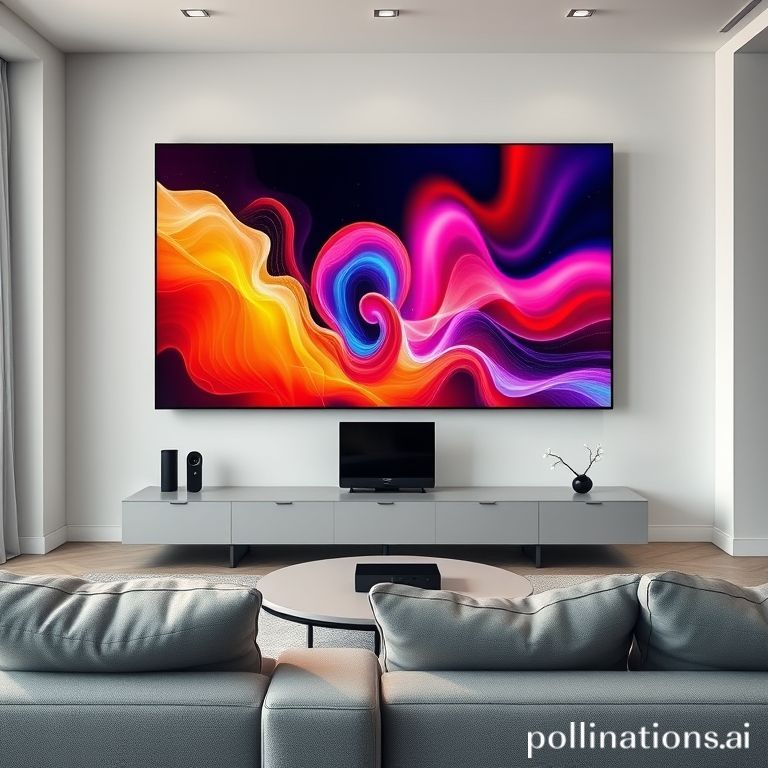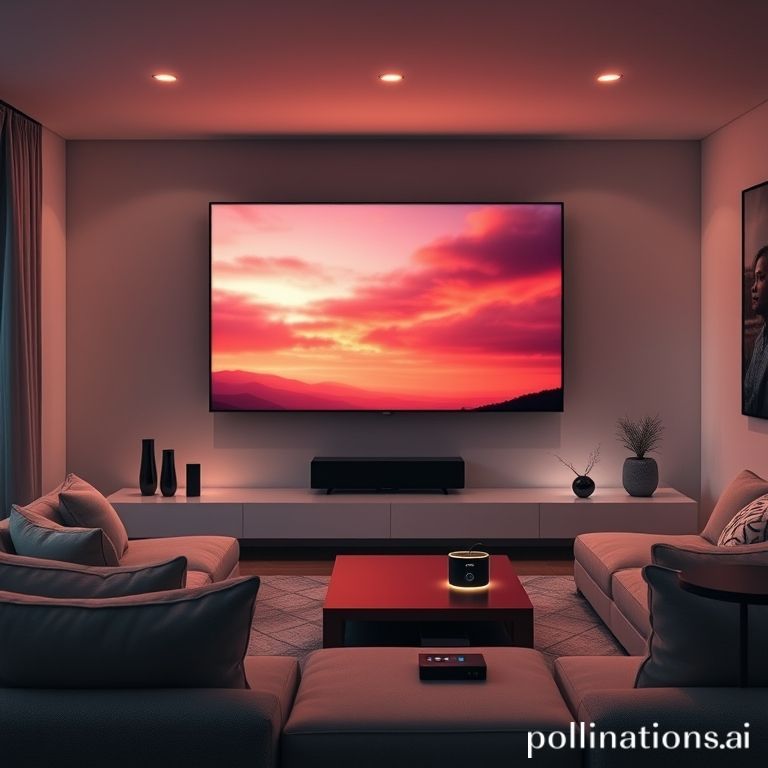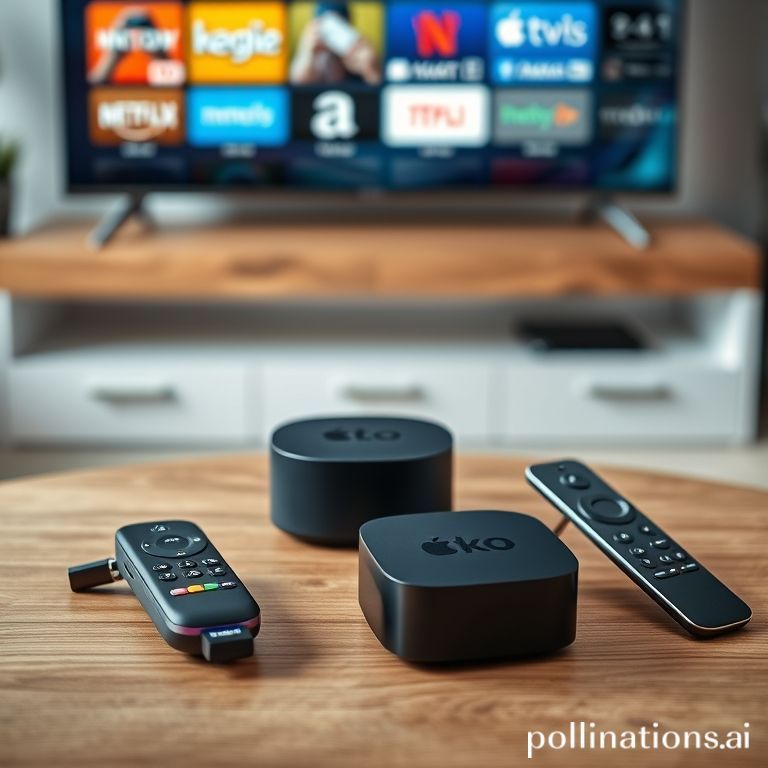
Unlock Your Entertainment: The Ultimate Guide to Top Streaming Devices & Home Theater Systems
Remember the days of flipping through a handful of TV channels, hoping something good was on? Thankfully, those days are long gone! We now live in a golden age of home entertainment, where an endless library of movies, shows, music, and games is available at our fingertips. But with so many options, building the perfect setup can feel a bit overwhelming. From choosing the right streaming device to assembling a breathtaking home theater system, where do you even begin?
Fear not, fellow entertainment enthusiasts! This comprehensive guide is designed to cut through the jargon and help you navigate the exciting world of streaming devices and home theater systems. We’ll explore the best options available, explain key features, and provide actionable advice to help you create an immersive, personalized entertainment hub right in your living room.
The Heart of Your Entertainment: Streaming Devices
A streaming device is your gateway to a universe of digital content. It connects your TV to the internet, allowing you to access apps like Netflix, Disney+, Hulu, YouTube, and countless others. But not all streaming devices are created equal. They come in various forms, each with its own strengths and weaknesses.
Understanding Your Options: Sticks, Boxes, and Smart TVs
- Streaming Sticks/Dongles: These compact, often USB-sized devices plug directly into your TV’s HDMI port. They are incredibly portable, affordable, and excellent for basic streaming. Popular examples include the Roku Streaming Stick 4K, Amazon Fire TV Stick 4K Max, and Chromecast with Google TV. While convenient, their smaller form factor sometimes means less processing power or fewer connectivity options compared to their larger counterparts.
- Streaming Boxes: These are more robust devices, typically with a larger footprint. They offer more processing power, greater storage, and often more advanced features like Ethernet ports for stable internet, USB ports for external storage, and better audio processing. The Apple TV 4K and NVIDIA Shield TV Pro are prime examples, catering to users who demand top-tier performance, gaming capabilities, and seamless integration with specific ecosystems.
- Smart TVs: Many modern TVs come with built-in streaming capabilities, effectively acting as a streaming device themselves. While convenient, the user interfaces can vary wildly in speed and responsiveness. Plus, older smart TVs might stop receiving updates for their apps, leaving you with outdated software. For the best experience, even a smart TV can benefit from a dedicated streaming device.
Key Features to Look For in a Streaming Device
When choosing your streaming sidekick, consider these vital features:
- Resolution & HDR Support: For stunning visuals, look for 4K Ultra HD support, along with High Dynamic Range (HDR) formats like HDR10, Dolby Vision, and HLG. These deliver brighter whites, deeper blacks, and a wider range of colors.
- Audio Support: If you’re serious about sound, ensure the device supports advanced audio formats like Dolby Atmos and DTS:X, which provide immersive, three-dimensional soundscapes.
- User Interface & Ecosystem: A smooth, intuitive interface is crucial. Consider which ecosystem you’re already invested in (Apple, Google, Amazon) for seamless integration with other devices and voice assistants.
- Connectivity: Wi-Fi 6 offers faster, more reliable wireless performance. An Ethernet port is ideal for wired connections, especially for 4K streaming or gaming, ensuring minimal buffering.
- Processing Power: A faster processor means quicker app loading, smoother navigation, and less lag, enhancing your overall experience.
- Remote Control: Look for remotes with voice search capabilities, dedicated app buttons, and potentially programmable shortcuts for ultimate convenience.
Elevating Your Experience: Home Theater Systems
Once you’ve got your streaming device sorted, it’s time to think about transforming your viewing into an event. A true home theater system goes beyond just a TV and a streaming stick; it creates an immersive sensory experience.
Components of a Stellar Home Theater Setup
-
Display:
- TVs:
- OLED: Known for perfect blacks, infinite contrast, and vibrant colors. Brands like LG and Sony excel here.
- QLED/Mini-LED: Offer incredible brightness, excellent color volume, and often better performance in bright rooms. Samsung and TCL are strong contenders.
Consider screen size based on your room, and look for high refresh rates (120Hz) for smoother motion, especially for sports and gaming.
- Projectors: For the ultimate big-screen experience, a projector paired with a dedicated screen can create a truly cinematic feel. Factors like throw distance, ambient light rejection, and lumen output are crucial here. Projector Central offers great resources.
- TVs:
-
Audio System: This is where your home theater truly comes alive.
- Soundbars: A significant upgrade over built-in TV speakers, soundbars are compact and easy to set up. Many now offer virtual or even true Dolby Atmos and DTS:X surround sound with optional subwoofers and satellite speakers. The Sonos Arc and Samsung HW-Q990C are popular choices.
- AV Receivers (AVRs): The brain of a traditional home theater. An AVR processes audio and video signals, amplifies sound to your speakers, and manages all your inputs. Brands like Denon, Onkyo, and Yamaha offer a wide range of powerful AVRs suitable for various speaker configurations.
- Speaker Systems:
- 2.0/2.1: Two front speakers (and a subwoofer for 2.1) for basic stereo sound.
- 5.1/7.1: Adds a center channel for clear dialogue and surround speakers for immersive effects.
- Dolby Atmos/DTS:X: Incorporates height channels (e.g., 5.1.2 or 7.1.4) for truly three-dimensional sound, making you feel like sounds are coming from above. This requires either ceiling-mounted speakers, upward-firing speakers, or speakers with integrated upward-firing drivers.
You can choose from bookshelf speakers, floor-standing speakers, in-wall/in-ceiling speakers, and powerful subwoofers to complete your setup.
Building Your Dream Setup: Considerations
- Room Size & Acoustics: Larger rooms might benefit from more powerful speakers and subwoofers. Consider sound treatment (rugs, curtains, acoustic panels) to minimize echoes and improve clarity.
- Budget: Home theater systems can range from a few hundred to tens of thousands of dollars. Determine your budget first and look for scalable options that allow you to upgrade components over time.
- Content Sources: Are you primarily watching movies, gaming, listening to music, or a mix? This will influence your choice of display, audio system, and even specific streaming device features.
- Future-Proofing: While it’s hard to entirely future-proof tech, investing in components with HDMI 2.1 ports will ensure compatibility with the latest 4K/120Hz content and potential 8K signals.
Seamless Integration: Bringing It All Together
The magic happens when your streaming device and home theater system work in harmony. Your streaming device will typically connect to your TV or AV receiver via an HDMI cable. If connecting to an AVR, the AVR then sends the video signal to your TV and the audio signal to your speakers.
Look for HDMI ARC (Audio Return Channel) or, even better, eARC (enhanced Audio Return Channel) on your TV and AVR/soundbar. eARC allows for higher bandwidth, meaning uncompressed, high-resolution audio formats like Dolby Atmos can be sent from your TV to your audio system with a single HDMI cable, simplifying your setup significantly. Many systems also integrate with voice assistants like Alexa, Google Assistant, or Siri, allowing you to control playback, volume, and even switch inputs with simple voice commands, making your entertainment experience even more effortless.
Top Picks & Recommendations
To give you a head start, here are a few highly-rated devices and systems worth considering:
- High-End Streaming Device: Apple TV 4K (for Apple ecosystem users) or NVIDIA Shield TV Pro (for Android/gaming enthusiasts).
- Mid-Range Streaming Device: Roku Ultra or Chromecast with Google TV (4K).
- Budget-Friendly Streaming Device: Amazon Fire TV Stick 4K Max or Roku Express 4K+.
- Premium Soundbar System: Sonos Arc with Sub and Rears (for a complete wireless solution) or Samsung HW-Q990C.
- Mid-Range AVR & Speaker Setup: A Denon AVR-S760H paired with a Klipsch Reference Theater Pack or Polk Audio Signature Elite Series speakers.
- Top-Tier TVs: LG C3 OLED (for best overall picture) or Samsung QN90C Neo QLED (for bright rooms and vibrant colors).
Conclusion
Building your ideal home entertainment system is an exciting journey that can significantly enhance your movie nights, gaming sessions, and music listening experiences. By understanding the core components – from the streaming device that unlocks content to the powerful home theater system that delivers immersive visuals and sound – you can make informed decisions tailored to your needs and budget.
Whether you’re starting with a simple streaming stick and a soundbar or diving headfirst into a full-blown projector-and-surround-sound setup, remember that the goal is to create a space where you can truly escape and enjoy your favorite content. So, go forth, explore the options, and transform your living room into the ultimate entertainment sanctuary!





